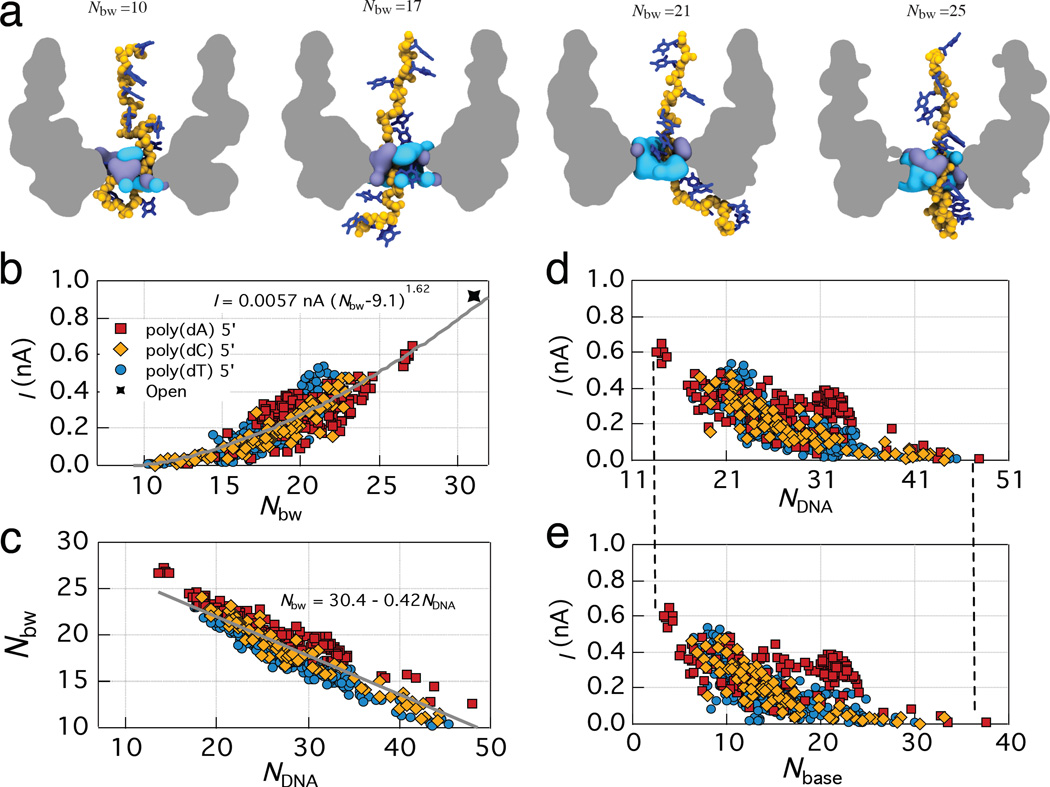Figure 3. Microscopic mechanism of the ionic current blockades.
(a) Instantaneous volumes occupied by bulk-like water (light blue) and structured water (purple) in the MspA constriction. The number of water molecules in the bulk-like water volume is indicated in each snapshot. An outline of the MspA channel and the poly(dT) strand are shown for reference. (b) Ionic current versus the number of bulk-like water molecules in the constriction of MspA for the 5′-trans DNA homopolymer systems. The gray line shows a power-law fit to the data. Supplementary Table 2 lists parameters of the fit for individual trajectories. All data points in panels b–e show 100 ns block averages of the 100 ps-sampled data from the respective MD trajectories. (c) The number of bulk-like water molecules versus the number of non-hydrogen DNA atoms in the constriction of MspA. The gray line shows a linear fit to the data. (d,e) The ionic current versus the number of non-hydrogen atoms of DNA nucleotides (d) or DNA bases (e) in the constriction of MspA. The vertical dashed lines are guides for the eyes.

